49 – The remaining seven ships
The battleships Kronprinz Wilhelm, Markgraf and König and the light cruisers Cöln, Karlsruhe, Dresden and Brummer were all lying in deep water beyond economic recovery so were abandoned to their fate.
However, the atomic bombs dropped on Japan and subsequent H-bomb tests increased the background radiation levels in the atmosphere. Steel making requires large quantities of air, and therefore all steel produced after 1945 has a low level of radioactivity. Thick steel plate manufactured before 1945 increased in value as it was needed for the shielding of sensitive radioactivity detectors in medical scanners.
The company Nundy (Marine Metals) Ltd acquired the remaining hulks from the Admiralty, and used divers to place explosive charges on the ships and then return to the surface. The ships were blown open, and large chunks of metal were hauled to the surface.
As soon as the work became unprofitable, Nundy ceased operations leaving the hulks on the sea-bed, where they have become popular dive sites.
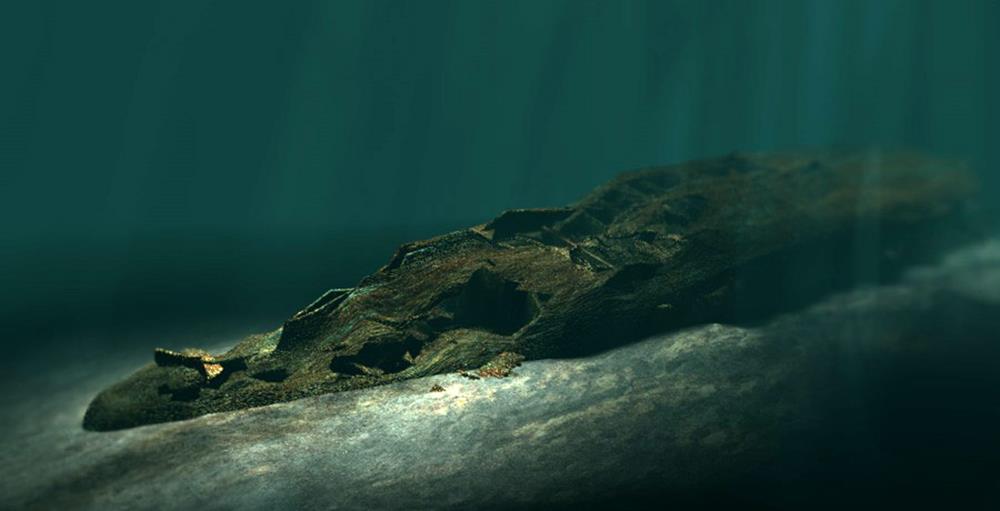
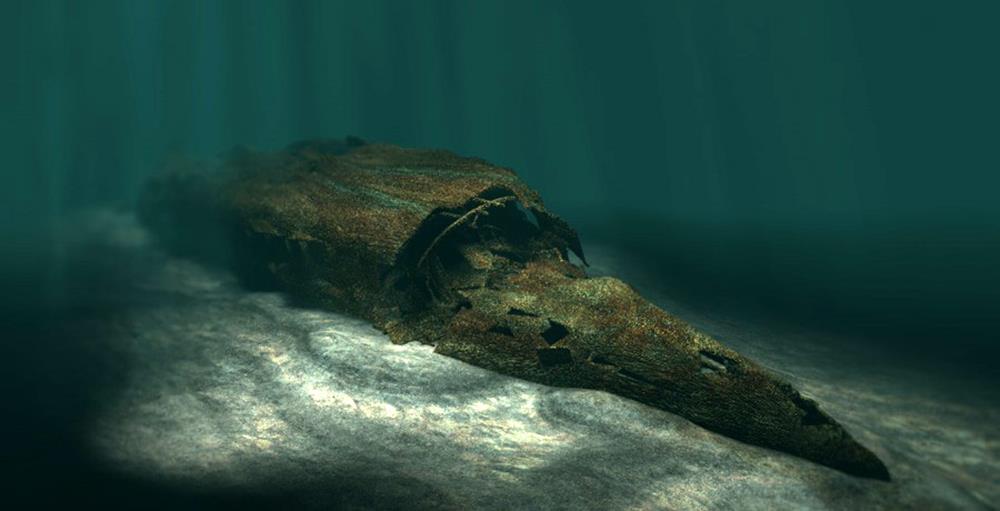
SMS König – 3d images from stern and bow.
The sections where armour plates were blown away can be seen at each end.

SMS König – Swimming along a gun barrel
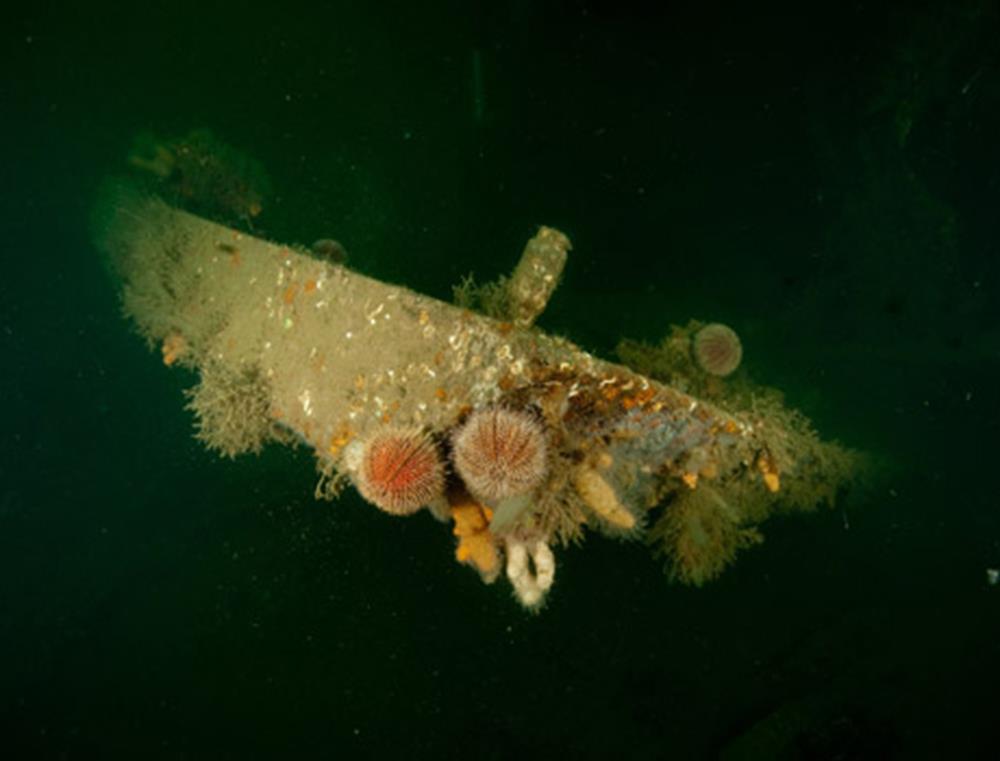
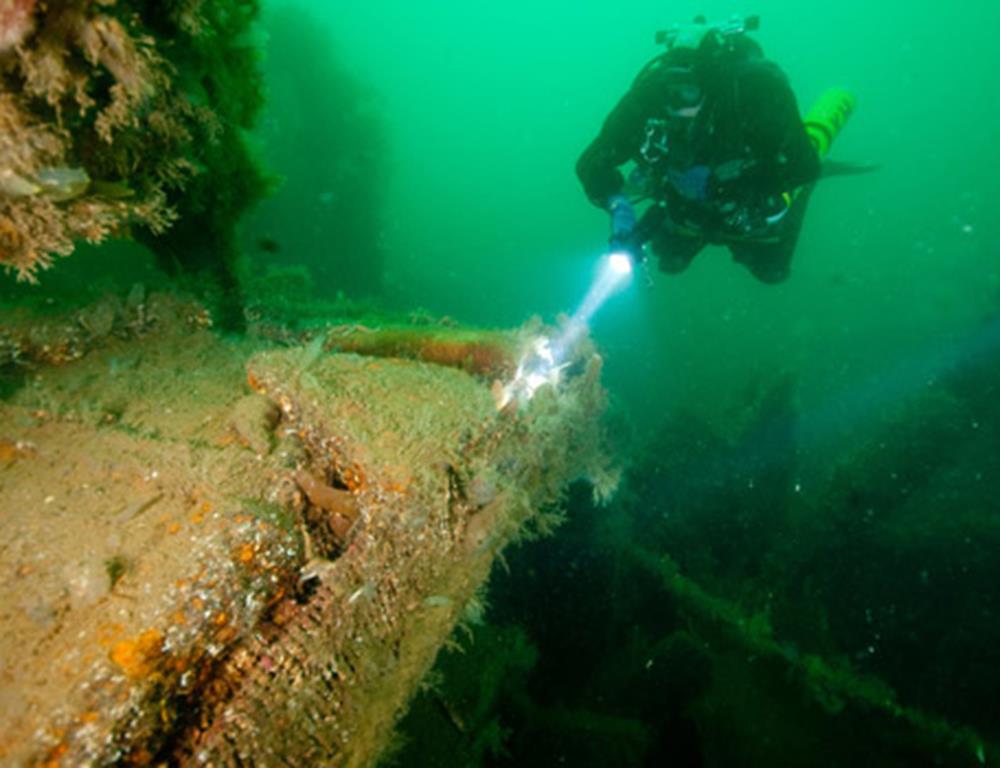
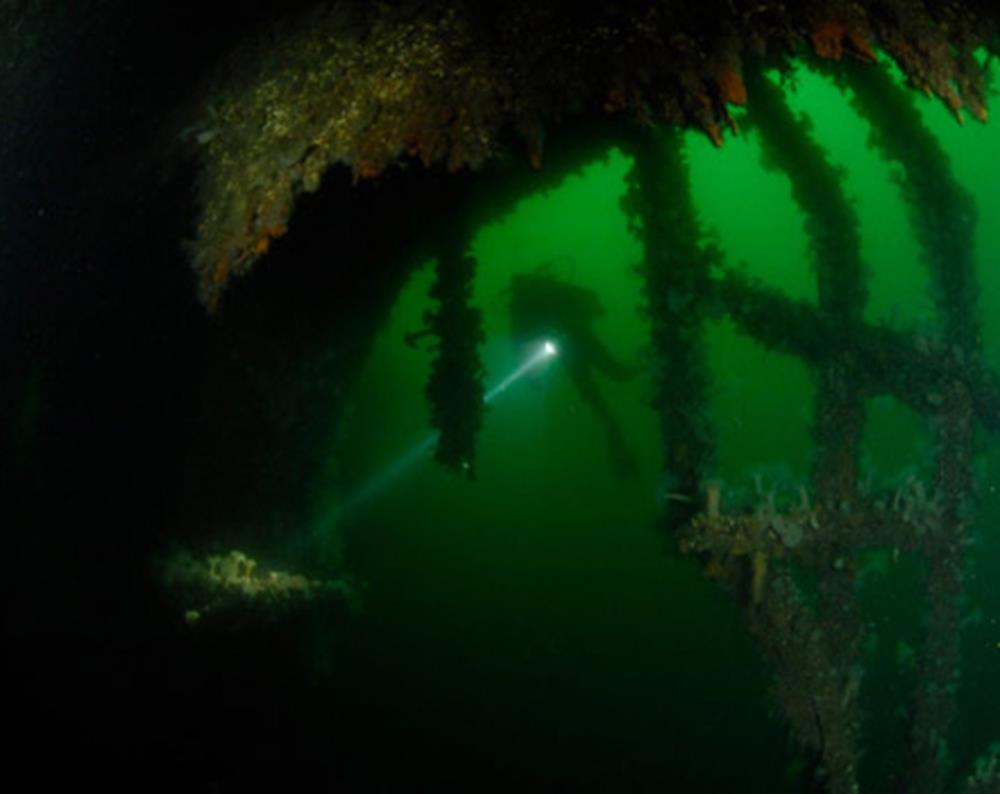
SMS König – Ribs exposed where armour plates have been removed
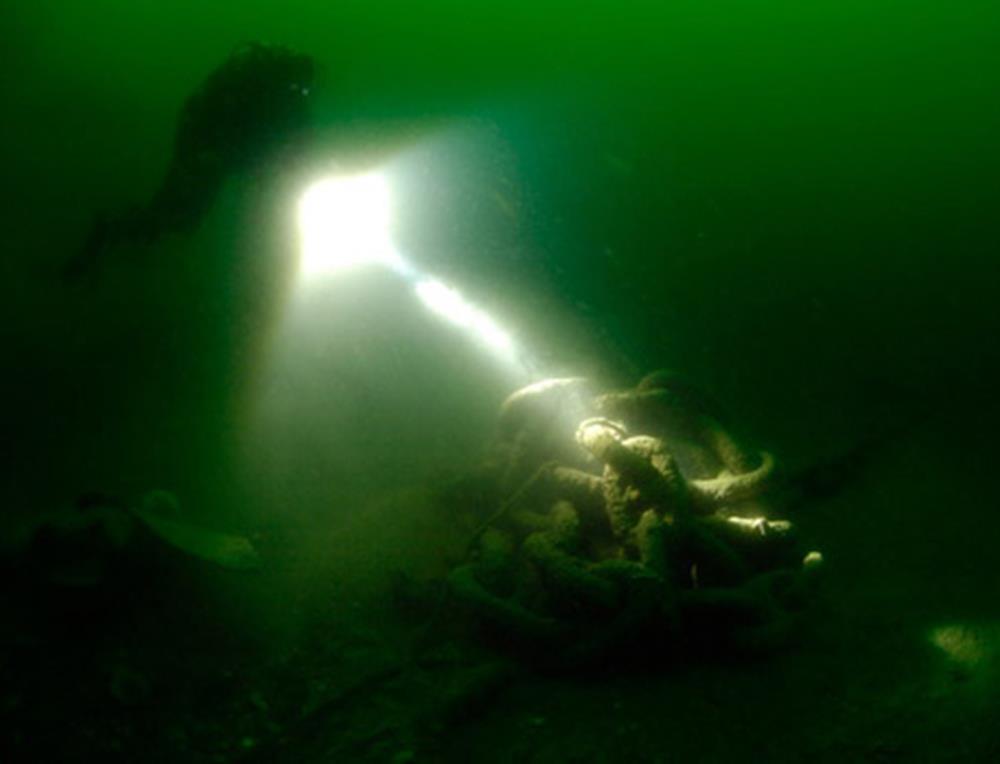
SMS König – A pile of chain
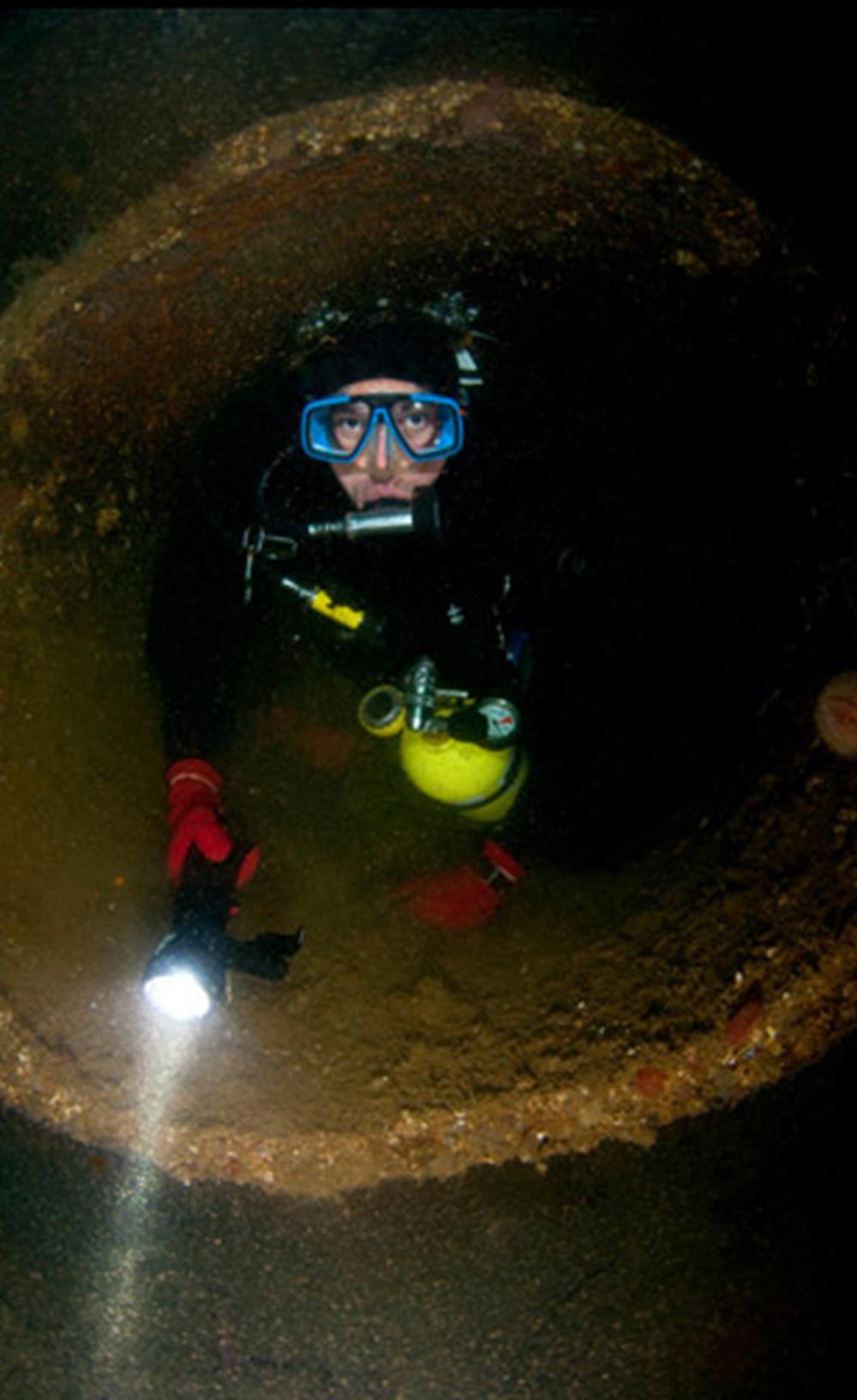
SMS König – Inside a turbine chamber
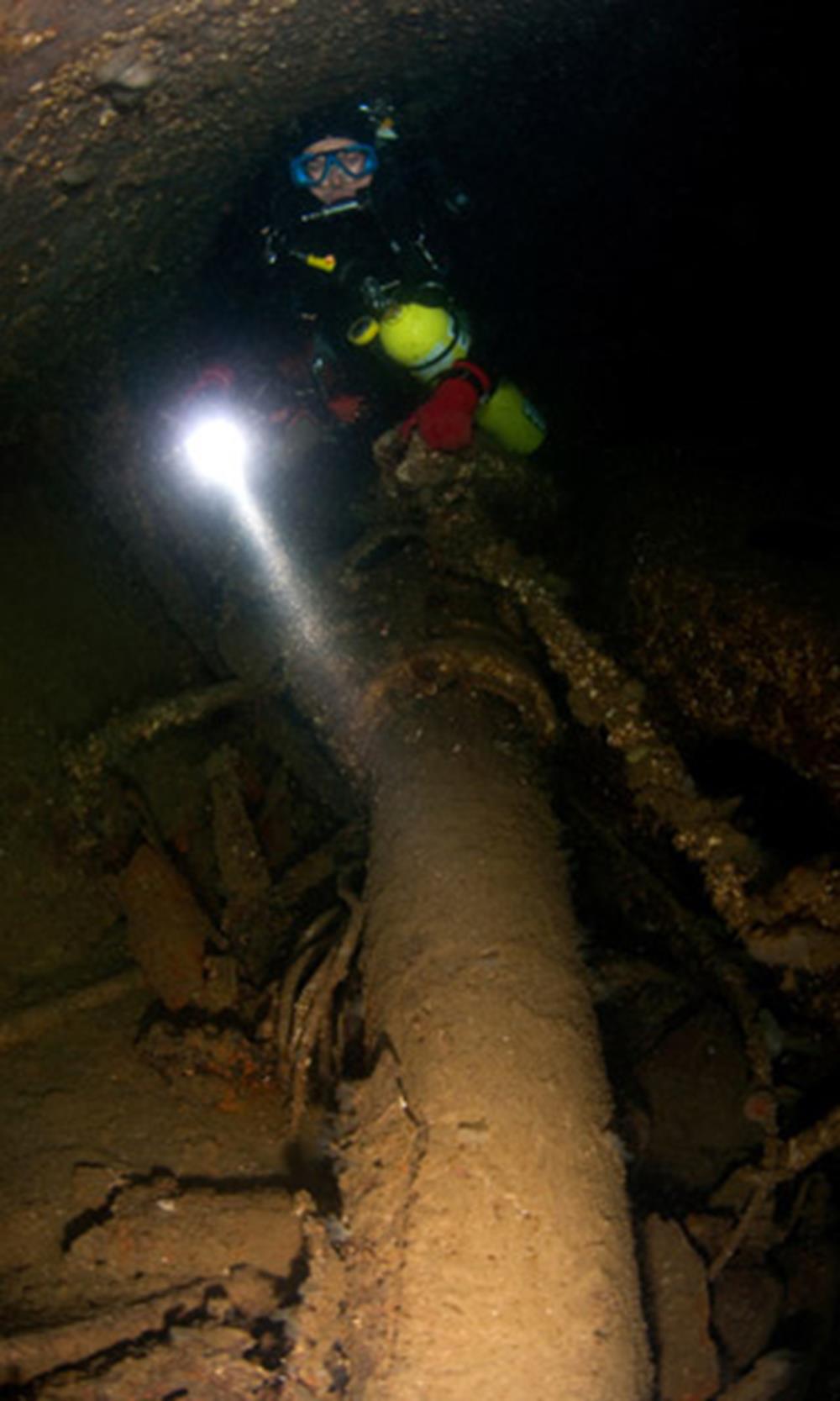
SMS König – A propeller shaft
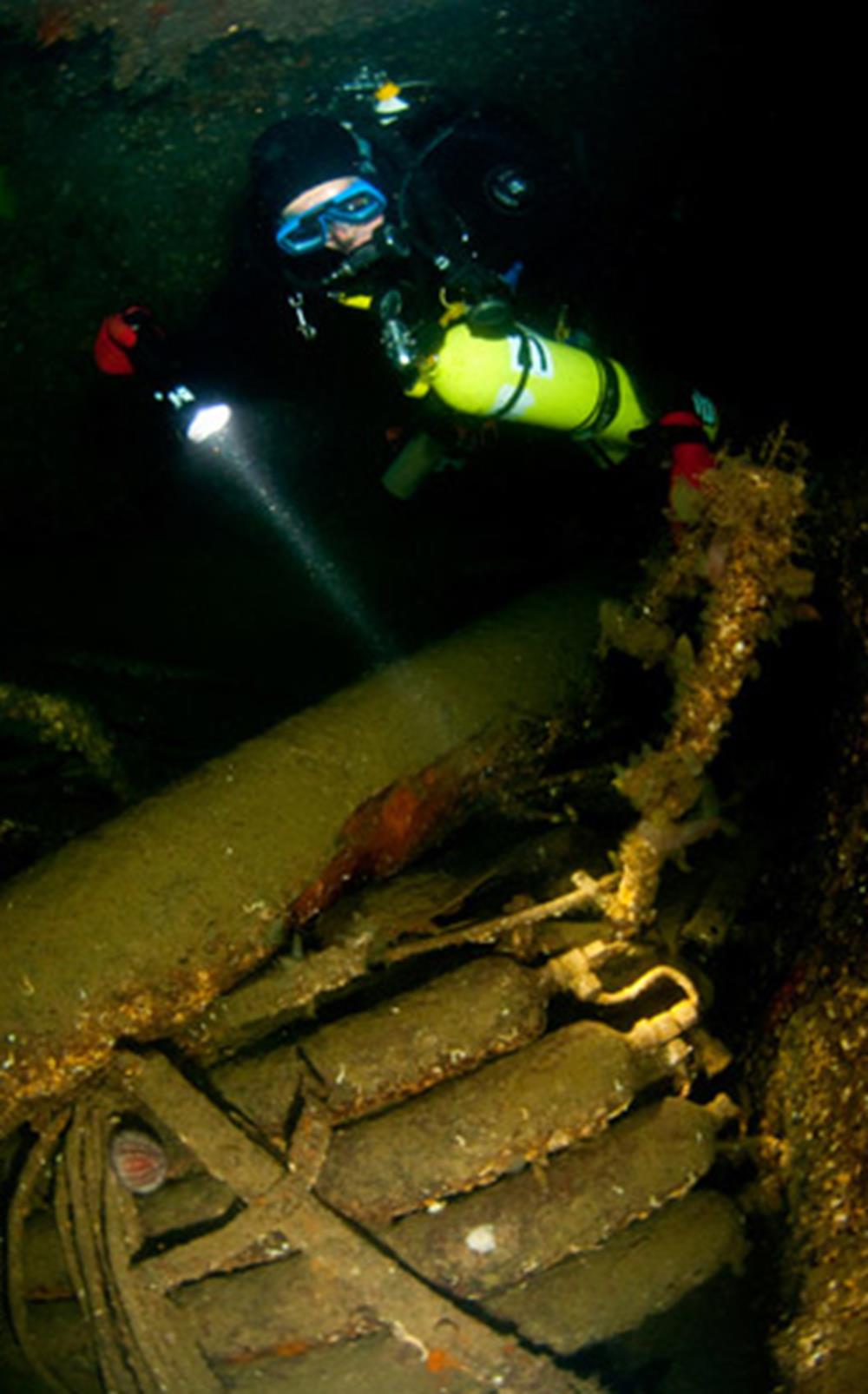
SMS König – Compressed air cylinders
Rest In Peace
In October 2018, a Historic Scotland poll found that 90% of participants felt that the ships should remain subject to a “look, don’t touch” policy.
| < 48 – Raising the capital ships – Metal Industries |
| Δ Index |
| 50 – Beatty’s message to the British Empire > |
top of page
